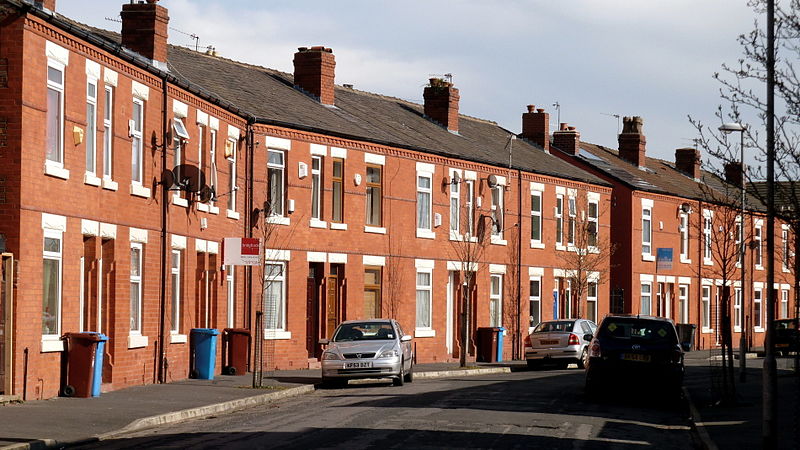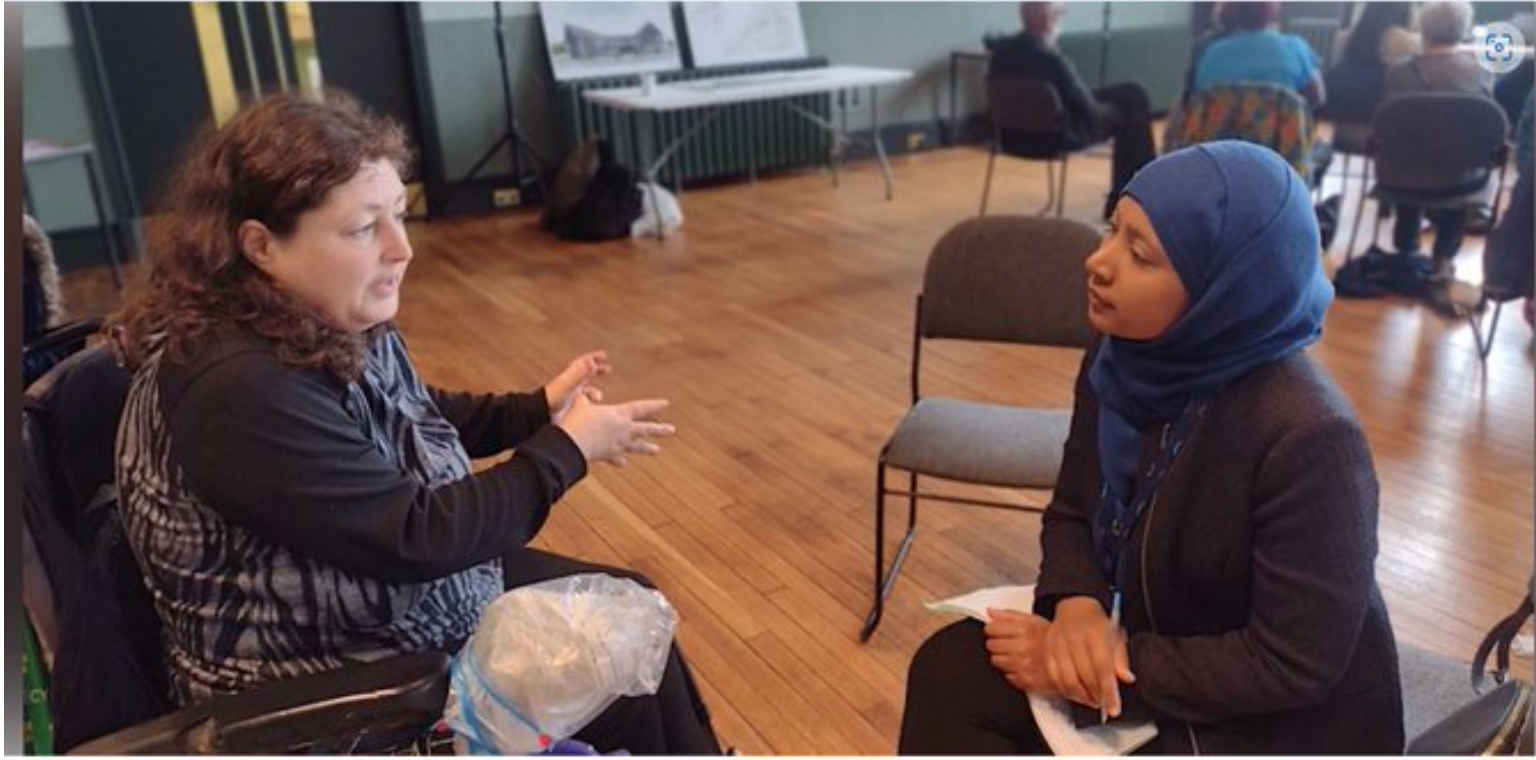By Jennifer Devans-Tamakloe, an aspiring barrister called to the Middle Temple and qualified mediator, currently working as a self-employed advocate on the northern circuit in general civil litigation matters. As a volunteer for GMLC, Jennifer aims to draw attention to GMLC’s causes and assist readers with gaining knowledge and understanding.
Below, Jennifer responds to the recent spotlight on affordable housing by assessing definitions of affordable, and investigating the situation in Greater Manchester’s developments.
What is affordable?
Council policy says all Manchester’s new housing developments of more than 15 homes are supposed to consist of at least 20% affordable units, or the developer has to provide a financial contribution in lieu of that[1].
Affordable rented housing in this context means housing at no more than 80% of the average local market rent[2]. ‘Affordable’ home ownership means that the mortgage payments are no more than what would be paid in rent on council housing, but below market levels[3].
Shelter loosely define affordable housing as when rent or mortgage payments cost no more than 35% of a person’s income after tax and benefits[4]. However, Shelter acknowledge that 35% is disproportionately more difficult to pay when you are on a low income as oppose to higher earnings. There are also limitations to this definition for larger households: a single person with £1500 per month may afford £525 in rent with just under £1000 to live on, however this will not stretch as far for a two-parent family with children. Also, a single room in a flat share may be fine for one person but will not constitute appropriate accommodation for a family of five. The cost of living in a particular location must also be taken into account.
What’s going on in Manchester?
It was reported earlier this year that in Manchester, none of the 14,667 homes in big developments granted planning permission in the last two years are set to be “affordable”[5]. This is set against the recent report by the Chief Executive for Manchester City Council that 9.3% of the total granted planning permissions were affordable with 17.3% of new homes being so over the five-year period of 2012/13-2016/17[6]. The report gives a positive spin on what some may consider throughout this article to be an inadequate and unsatisfactory system.
What are the problems with affordable housing?
Housing developments are on the rise but only a fraction of these homes will be genuinely affordable. Although developers are required by law to included around 30-40% of affordable homes in their developments[7], there are ways around this. For example, if a developer argues that it would not be economically viable for affordable homes to be included, they can negotiate down their requirements with the local council, or in some cases simply pay them off.
Viability Assessments
Viability assessments involve a calculation to determine whether a development will make the developer enough profit to be worth building[8]. This can allow developers to limit their contributions to affordable housing by showing that to do so would limit their profits to below 20%[9]. Money talks!
Viability assessments[10] in Manchester are subject to commercial confidentiality and therefore not published[11].The secrecy causes a problem and an unsavoury whiff[12]. Essentially, a developer can avoid building affordable housing if they indicate that to do so would make the project nonviable. Shelter says this loophole should be closed[13].
It’s considered that one reason councils will negotiate with developers to reduce the number of affordable homes they have to build in return for granting planning permissions, is because they feel that they have to give the developers some incentive to come to the borough as the developers have to make a profit as well. House prices fall as well as rise and this also a consideration[14].
Nick Ostrosky, a barrister from Six Pump Court, explains why local councils don’t stand their ground:
“We could say that no planning permission would be granted unless X number of affordable homes are built – it would mean that no houses would be built and we currently do have a housing crisis. Commercial reality in cities cannot be ignored and this is why viability assessments exist. All targets are subject to viability in the sense that if they weren’t developers would simply say “well I’m not going to build there I’ll invest in some other development.”
Another potentially positive solution has been posed: to give Local Authorities the power to borrow money, which they are currently limited in doing, in order to build sites themselves and build council houses.
What’s in store?
After increasingly disgruntled Councillors started asking questions from around the start of 2017, there was something of a shift in Greater Manchester. There’s still no affordable housing being included in city centre developments, but now planning reports are more likely to say the developer will negotiate a financial contribution – known as a Section 106 agreement – towards cheap housing in another part of Manchester instead, once planning permission has been secured[15]
Why does this matter?
If more affordable housing is not provided homelessness will increase[16]. Whilst building more homes appears to be a priority amongst all of the political parties, the numbers are not yet sufficient with only half the amount needed actually being built and the deficit meaning that increasingly, more and more people will need charitable assistance or fall through the cracks.
1 November 2018





